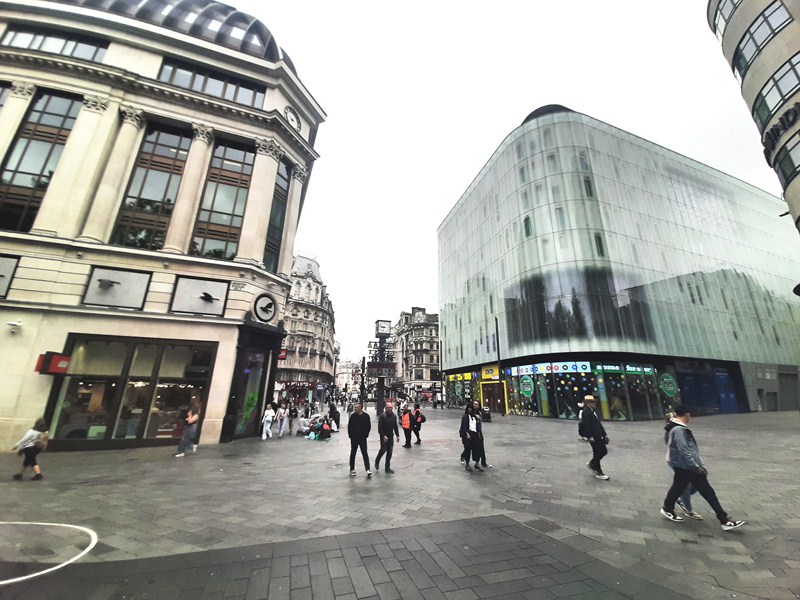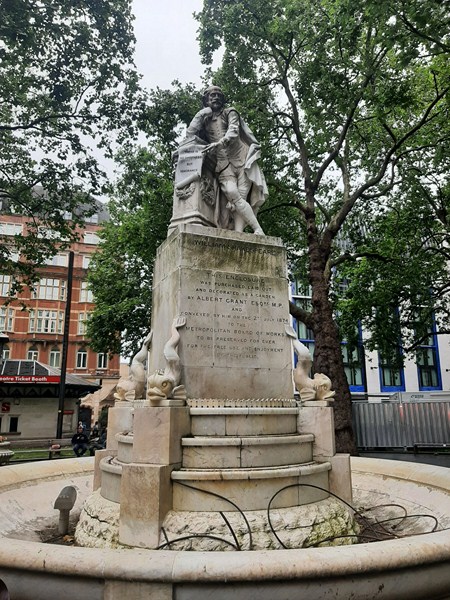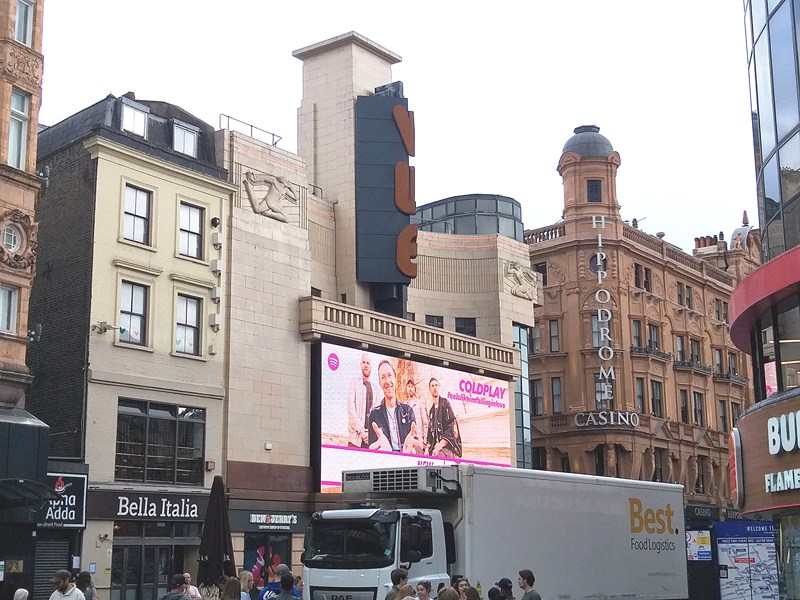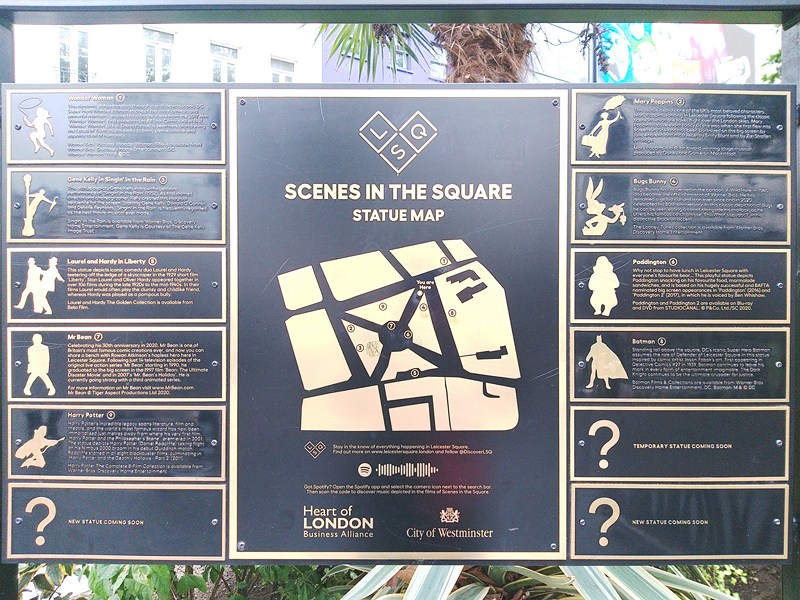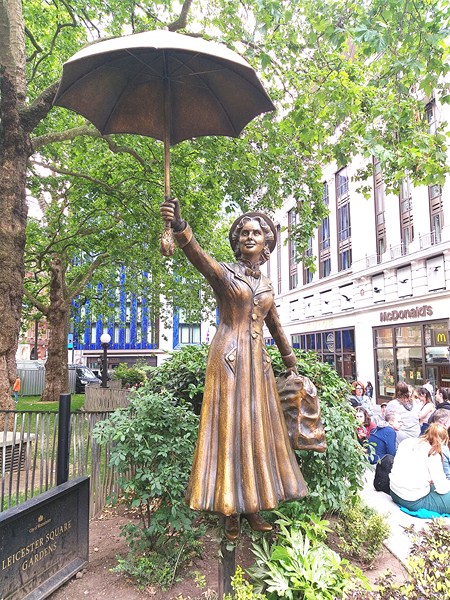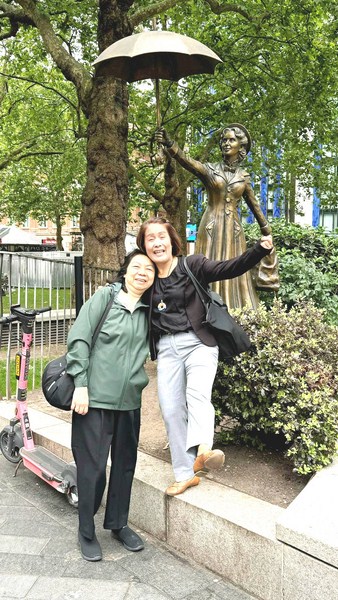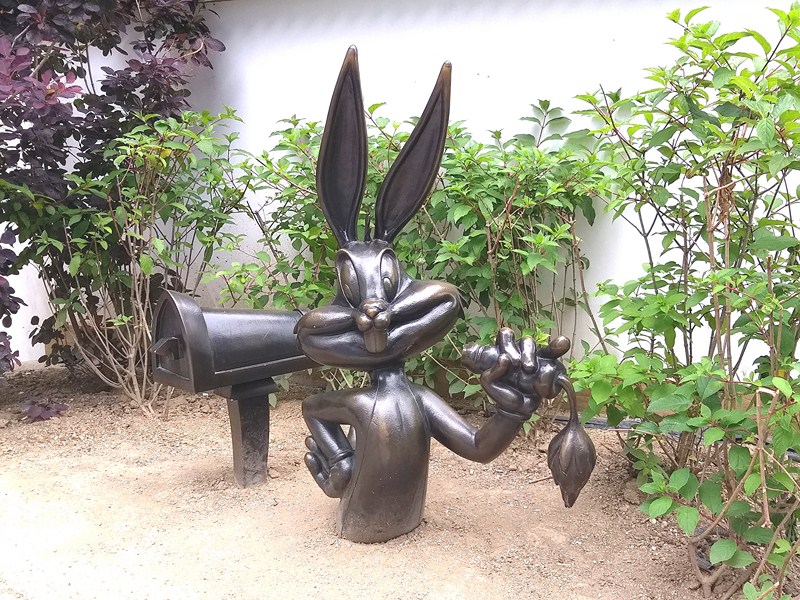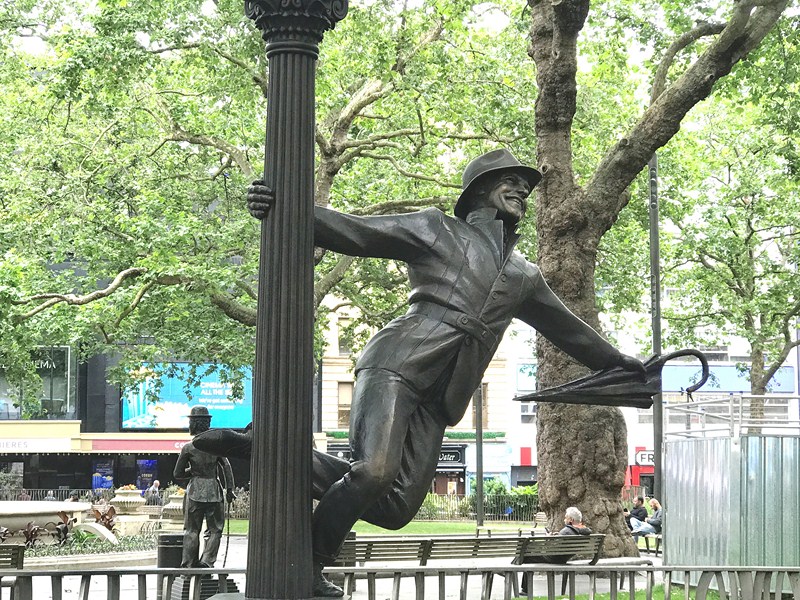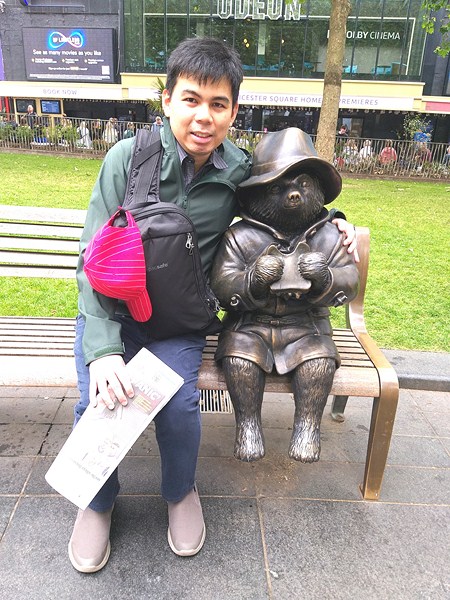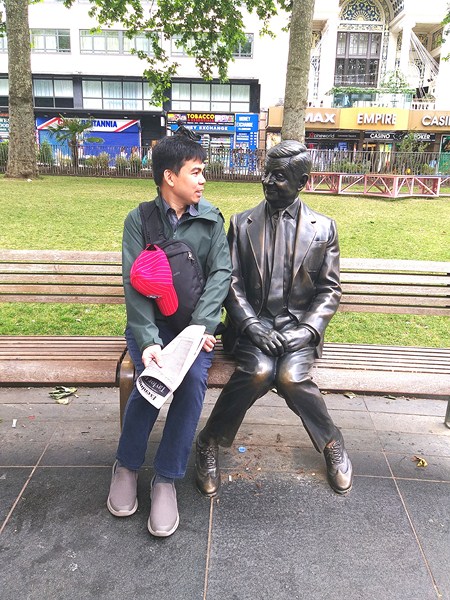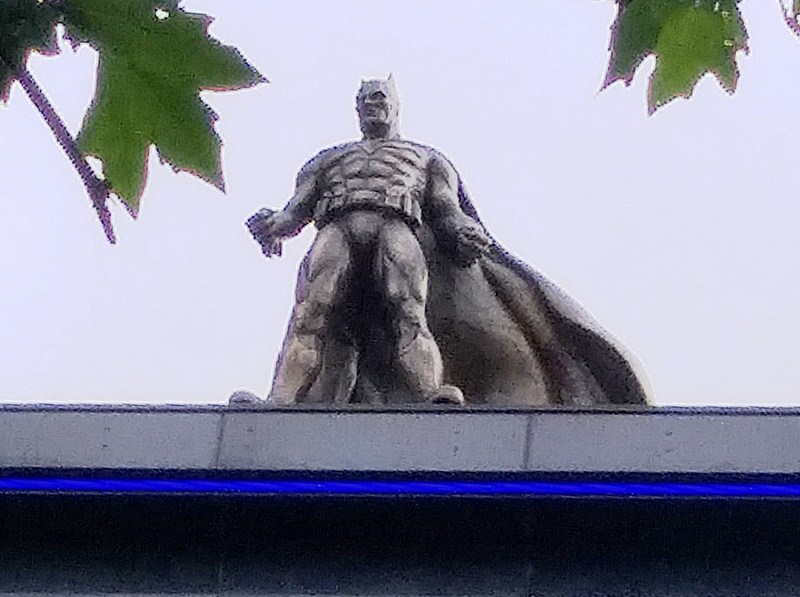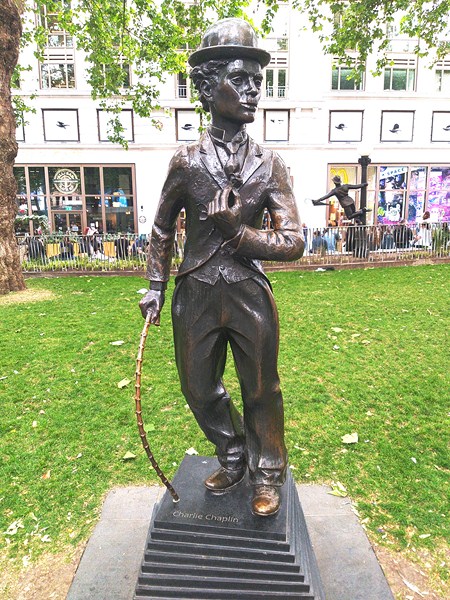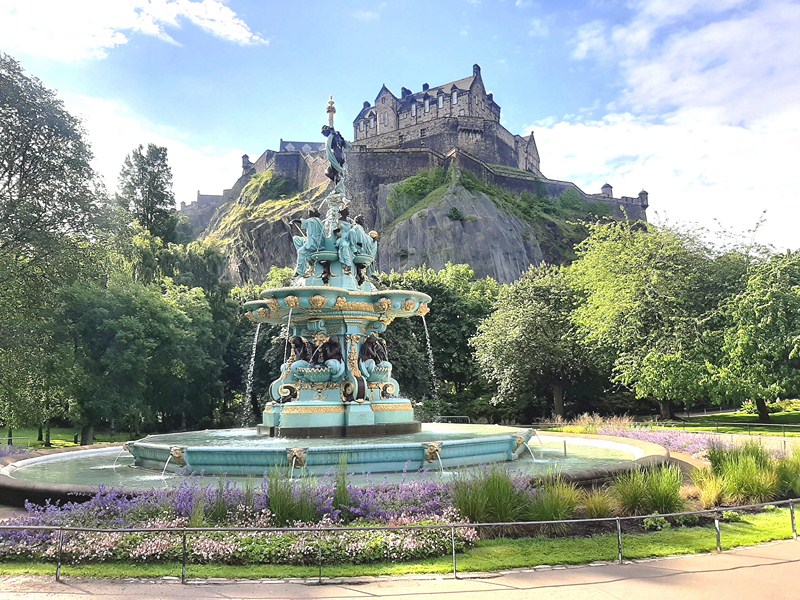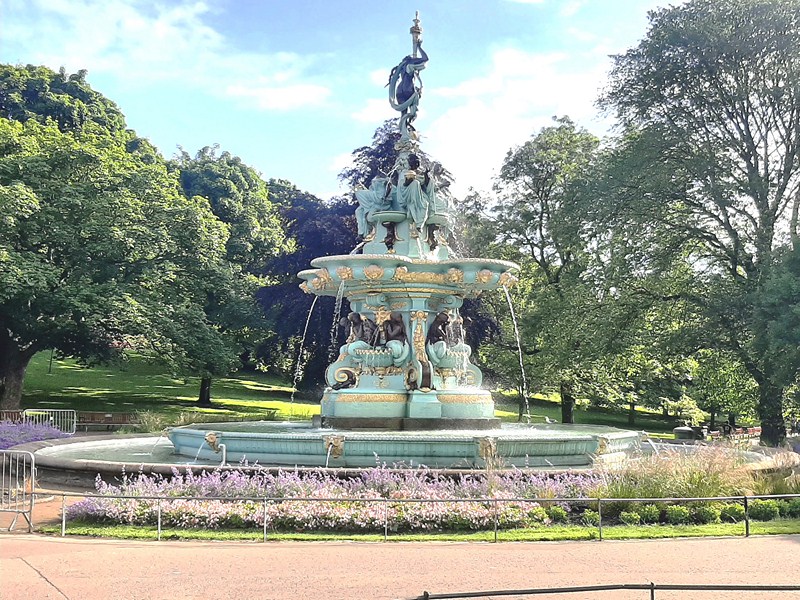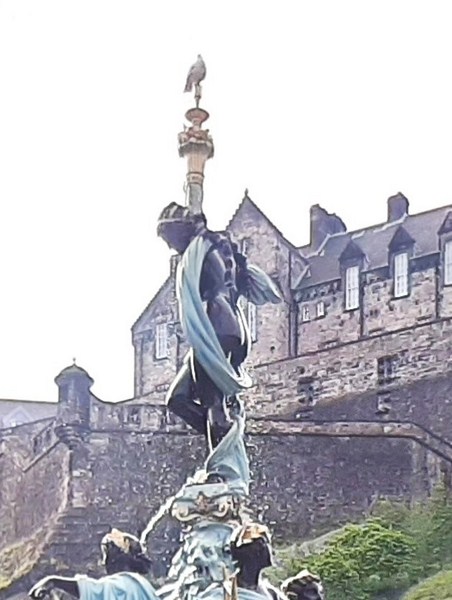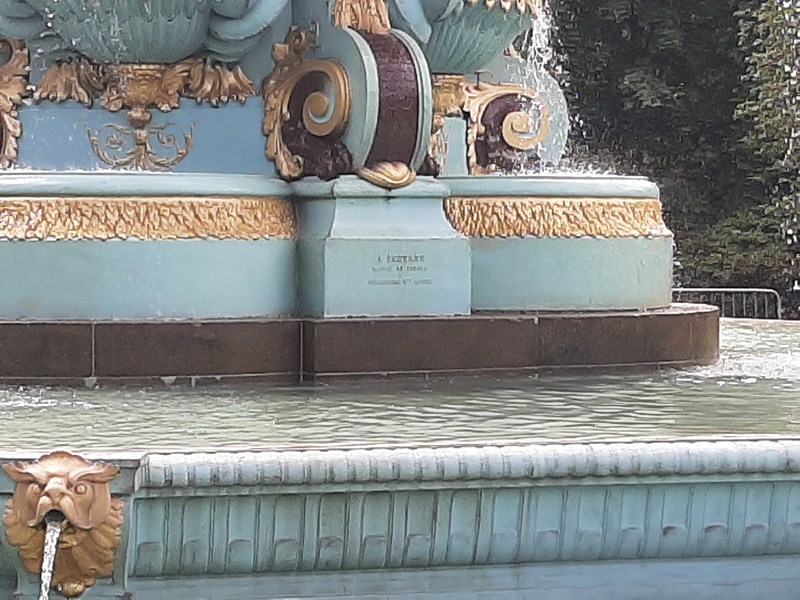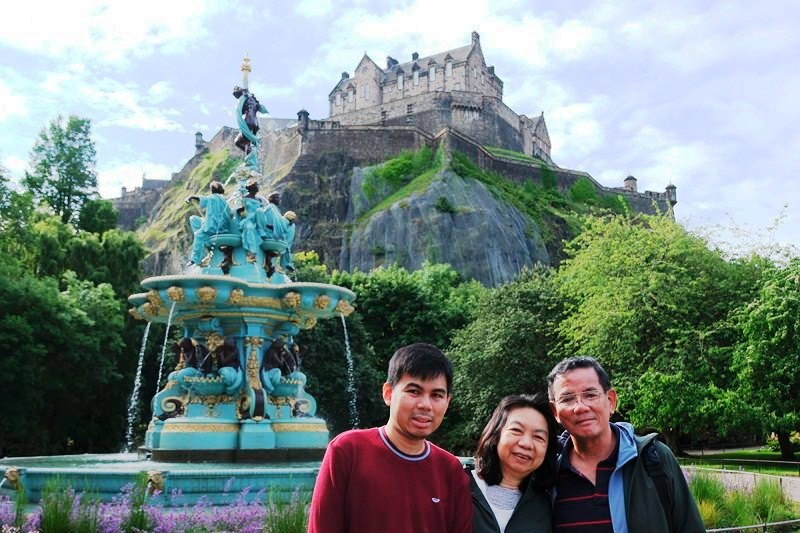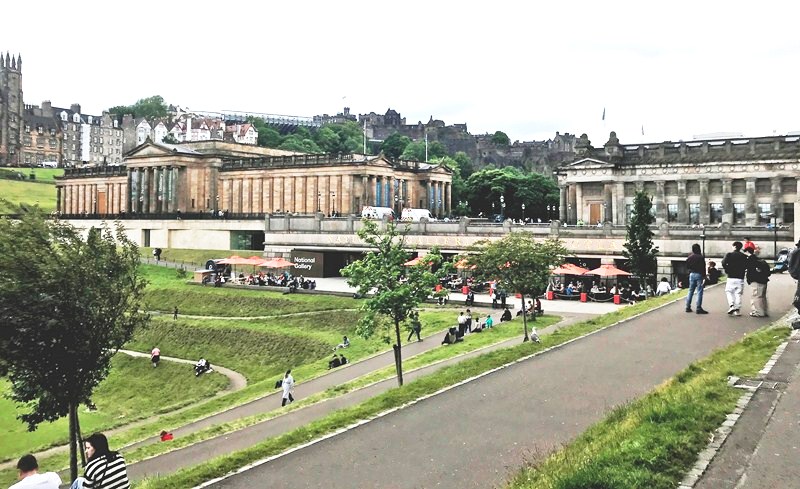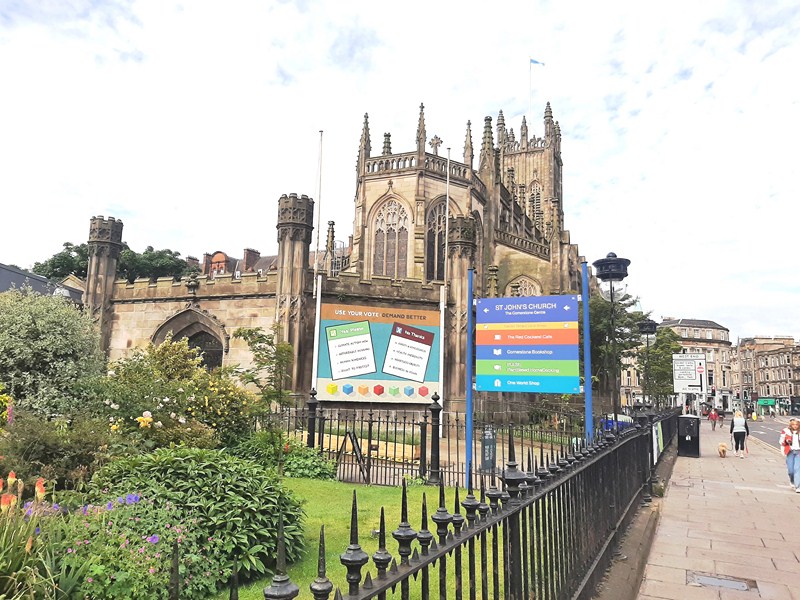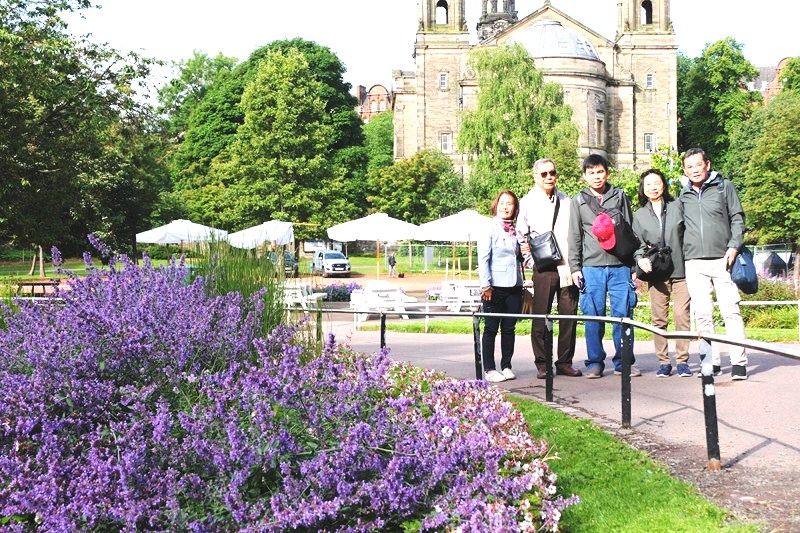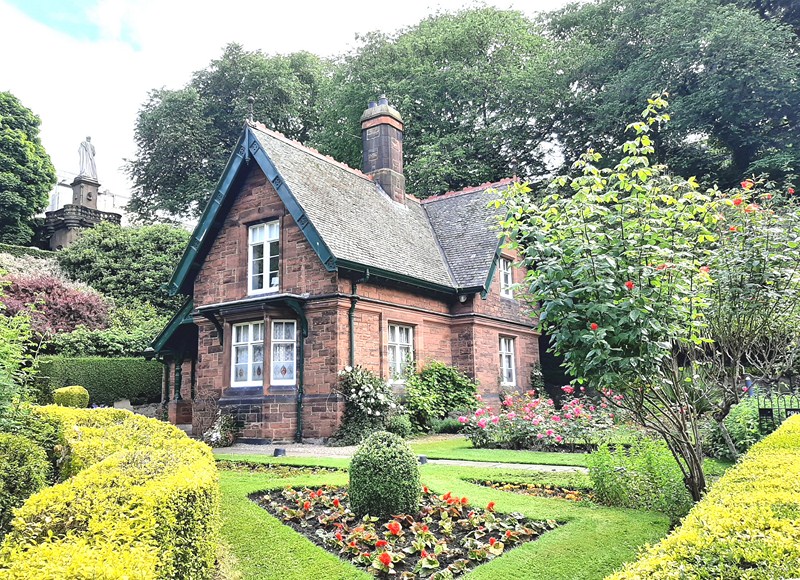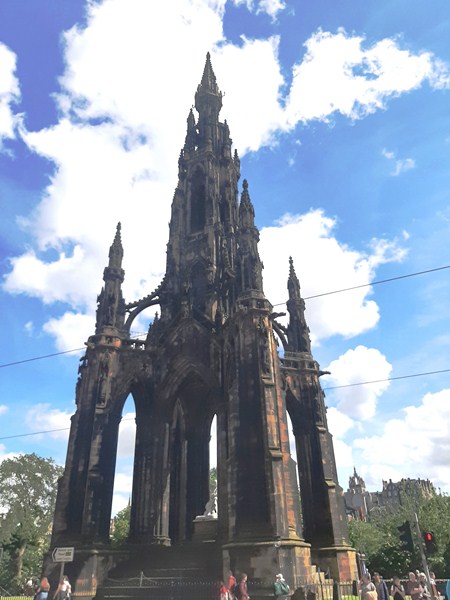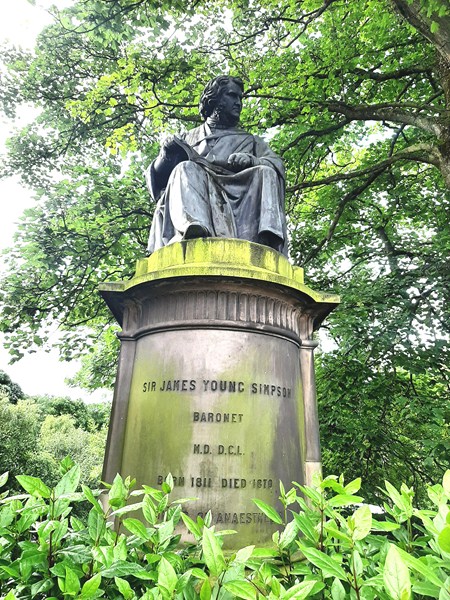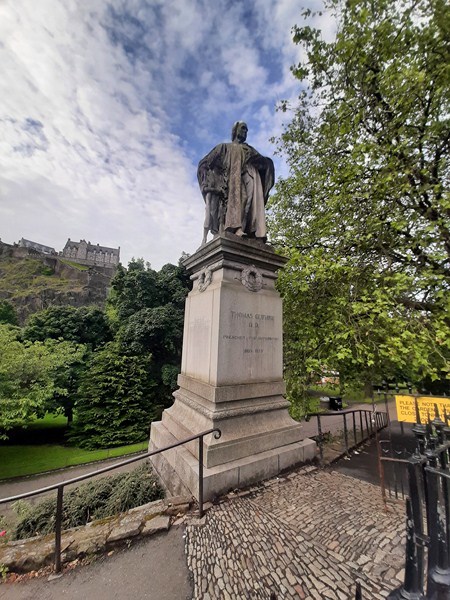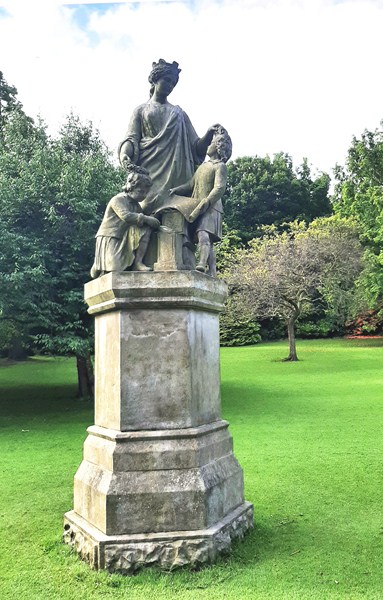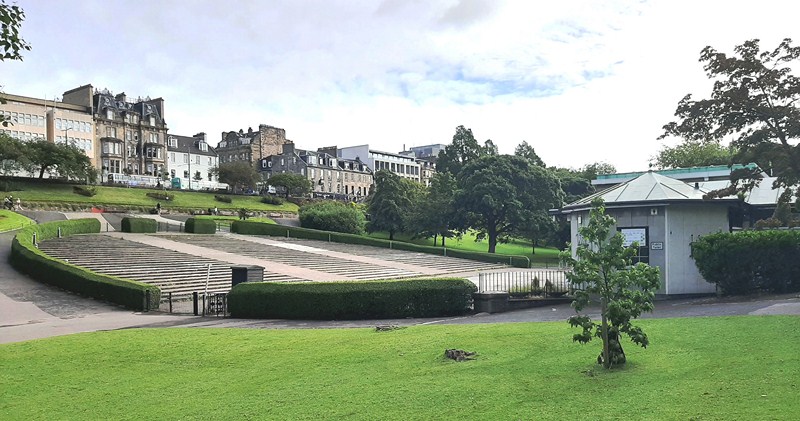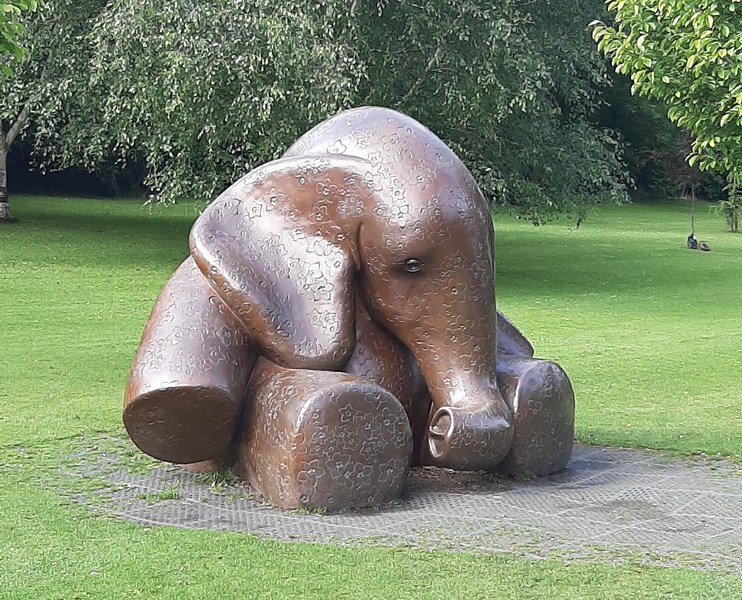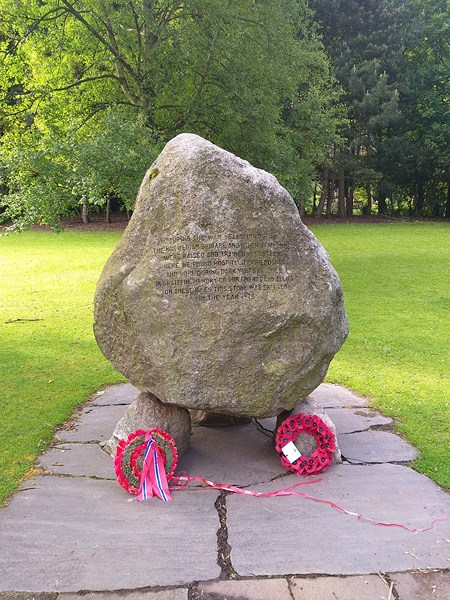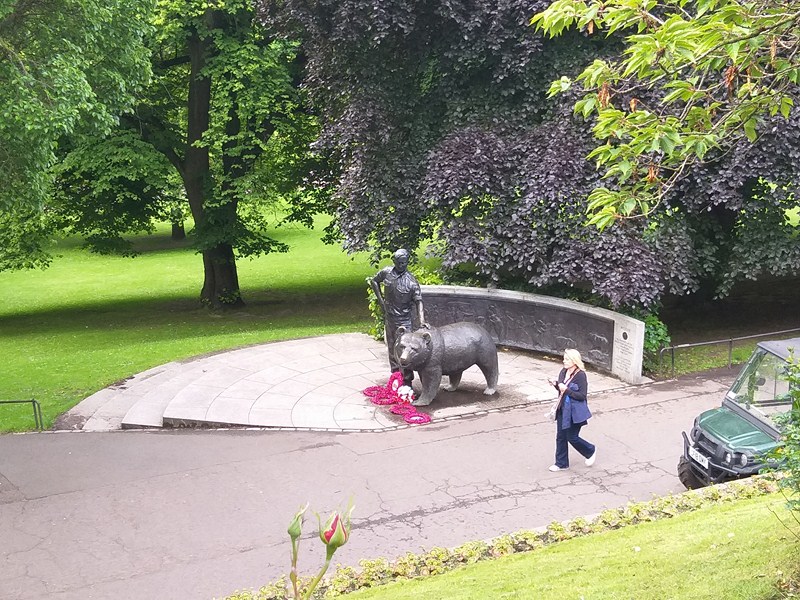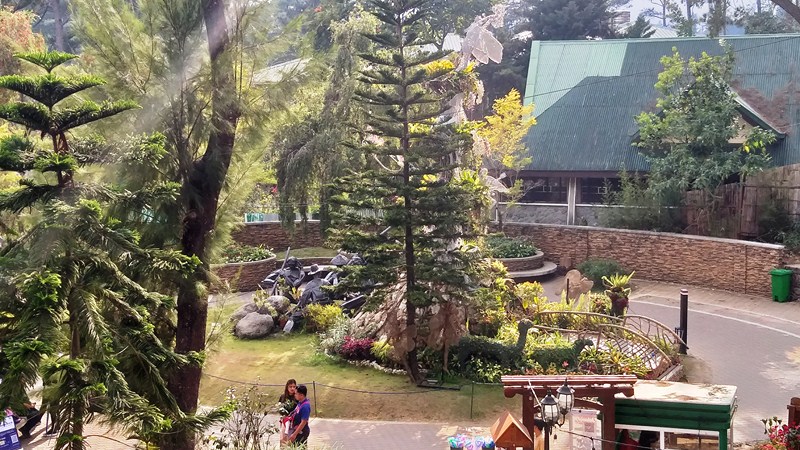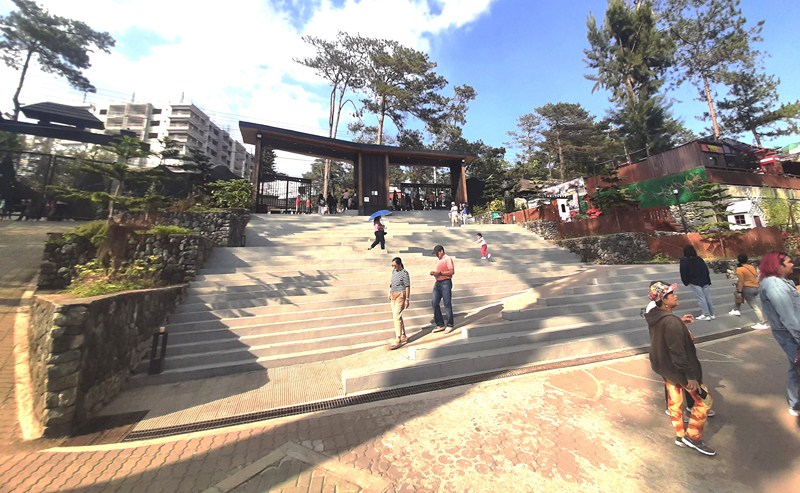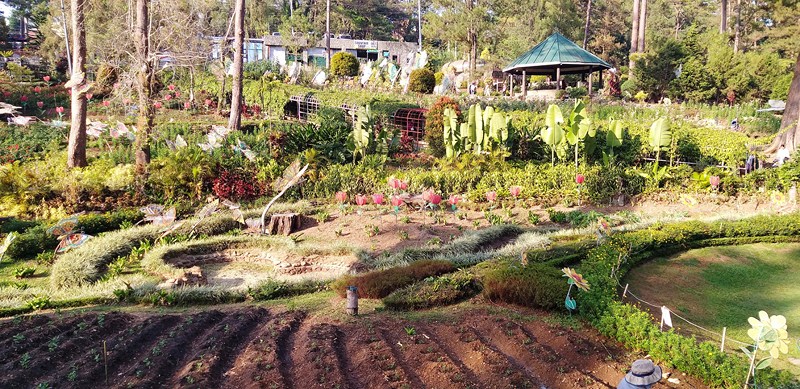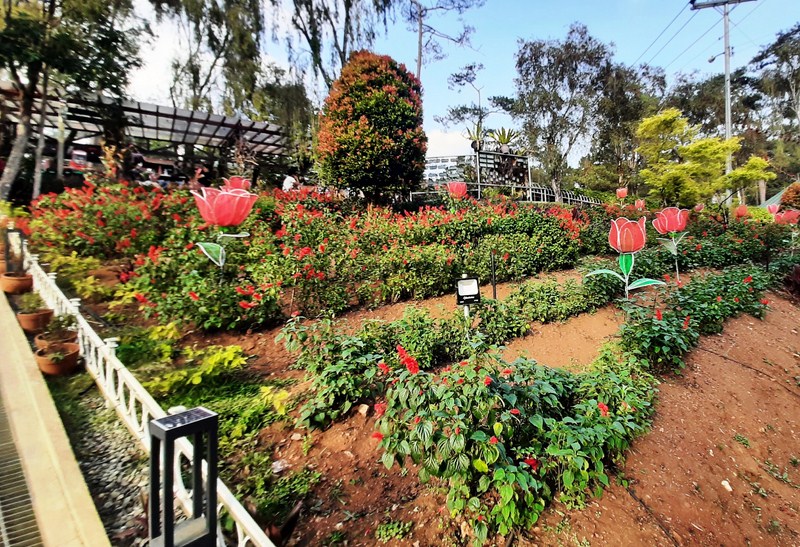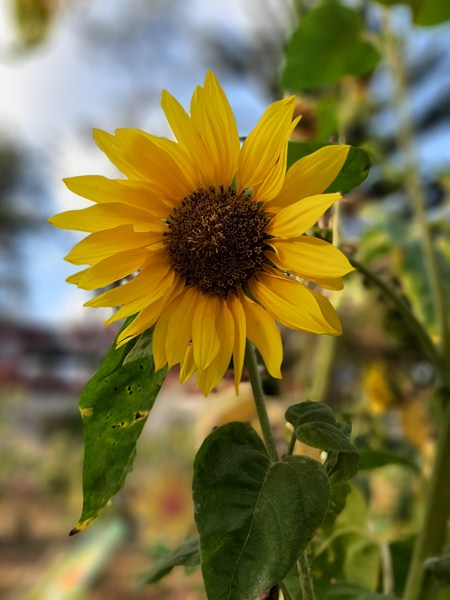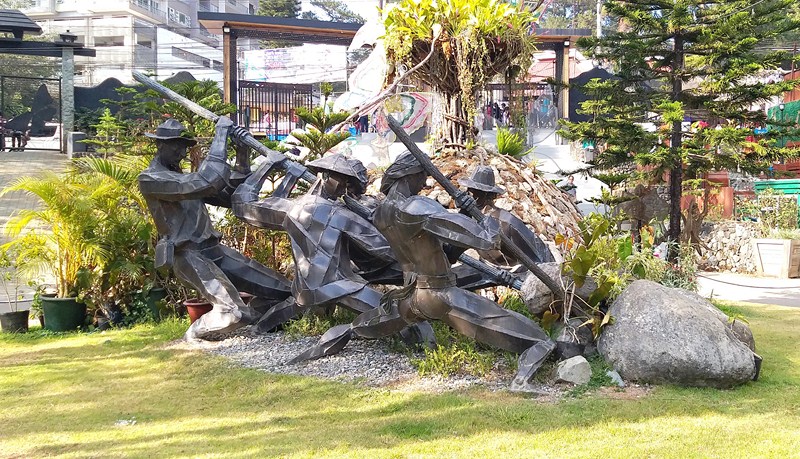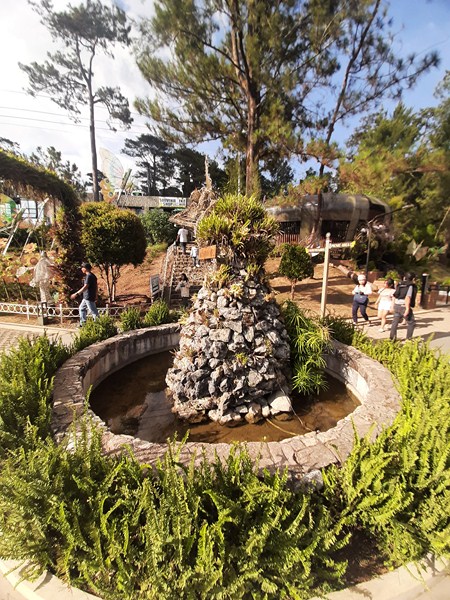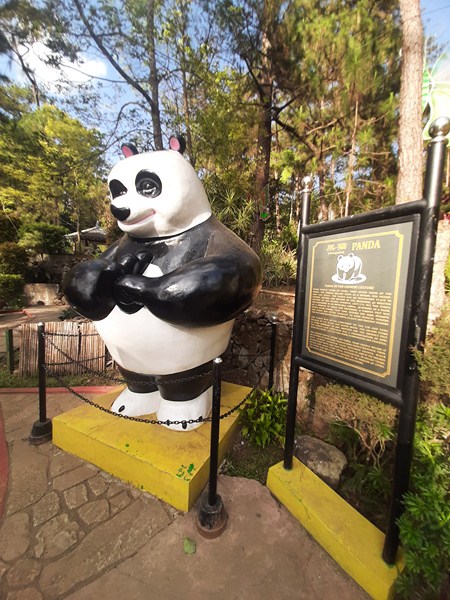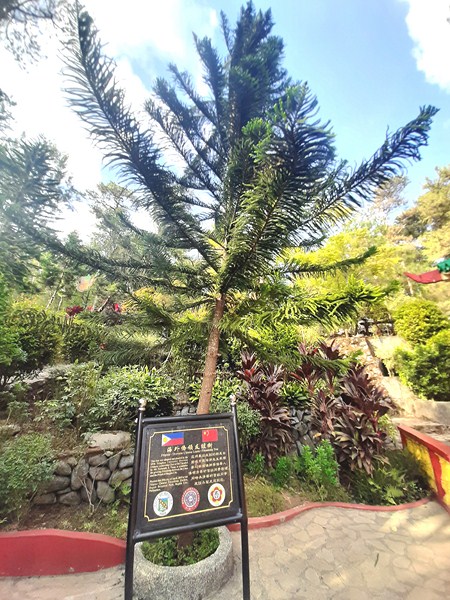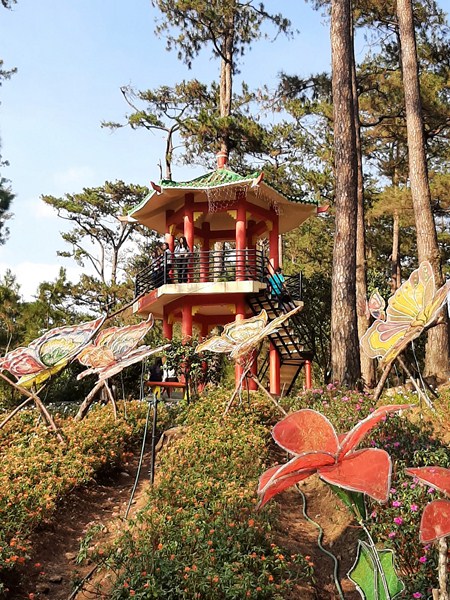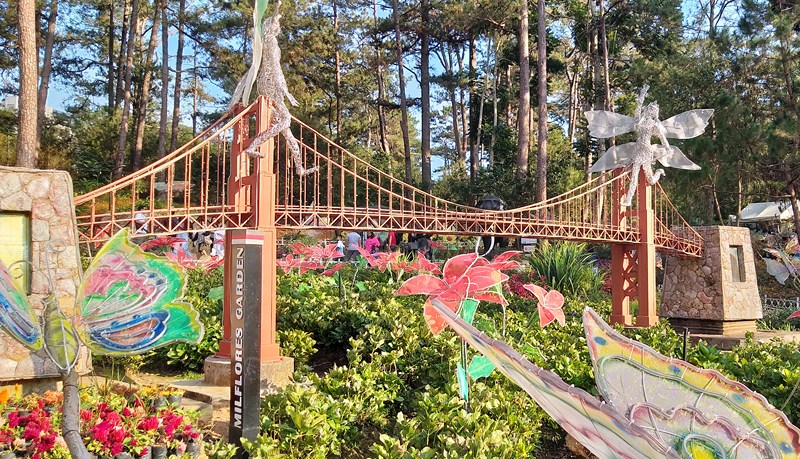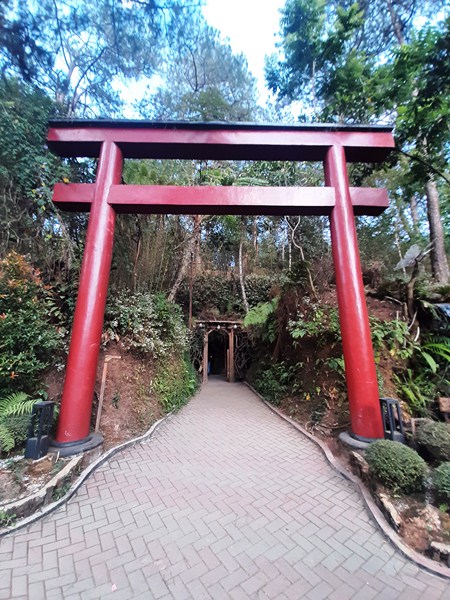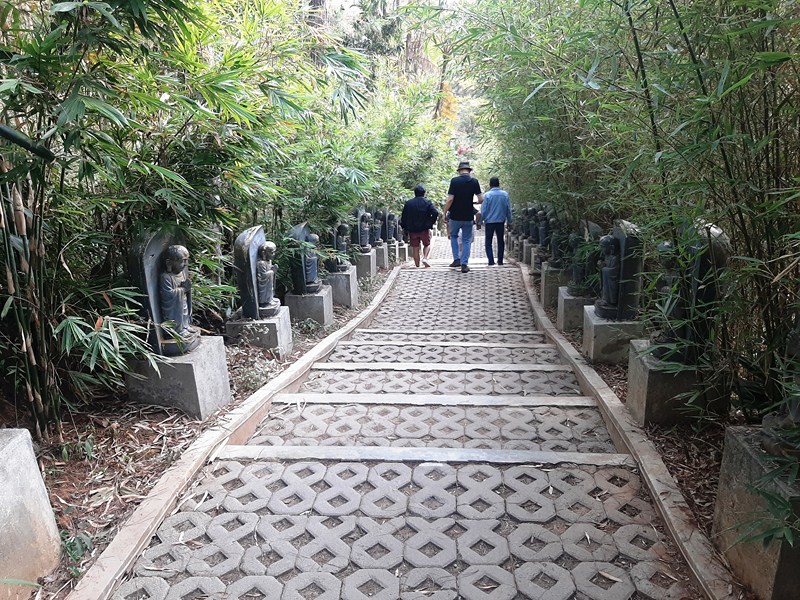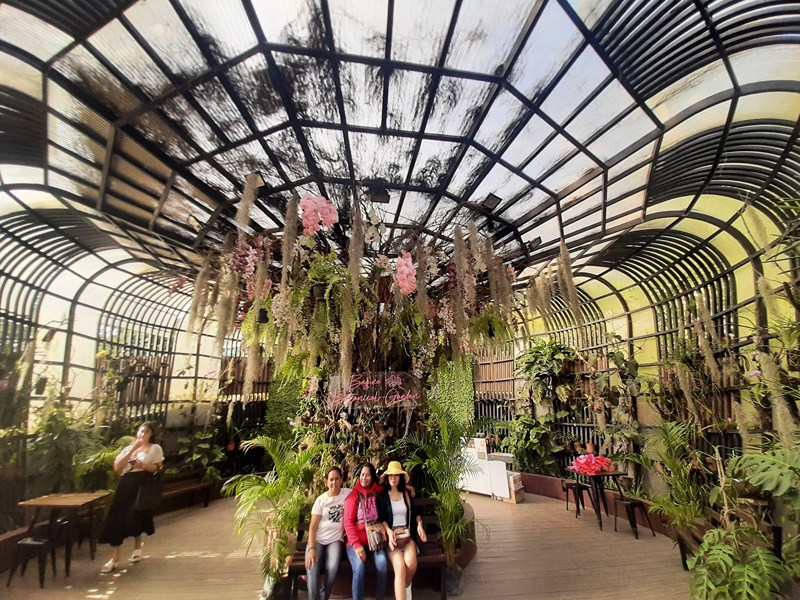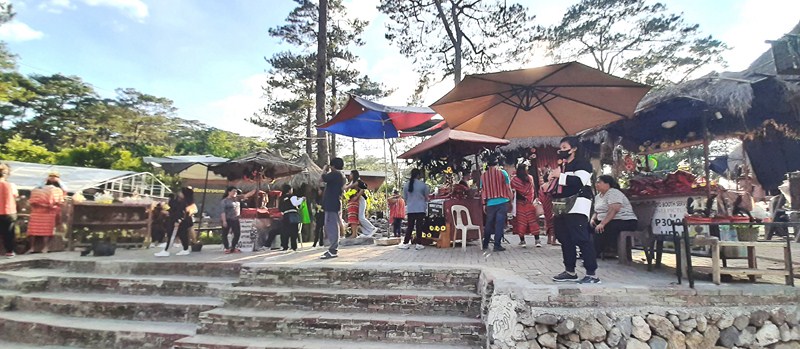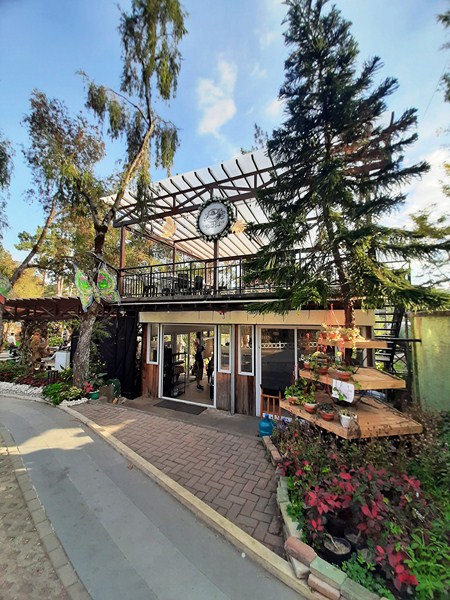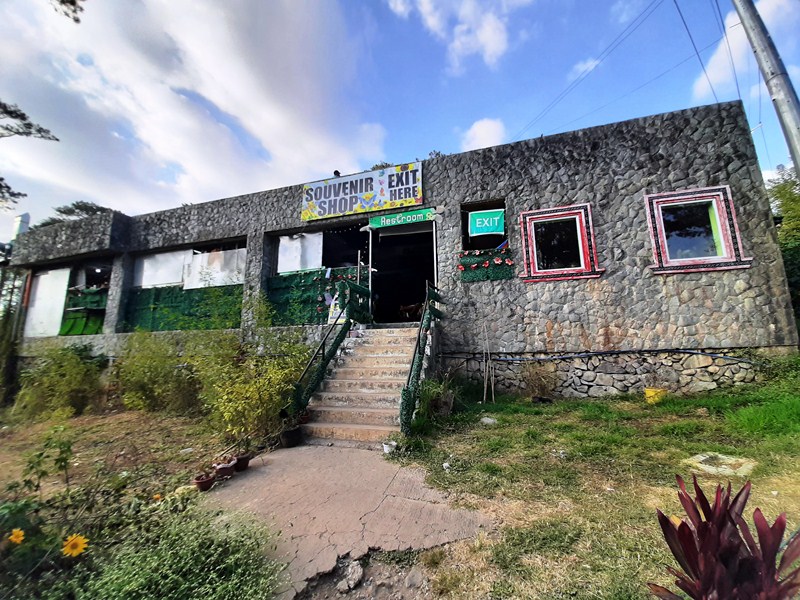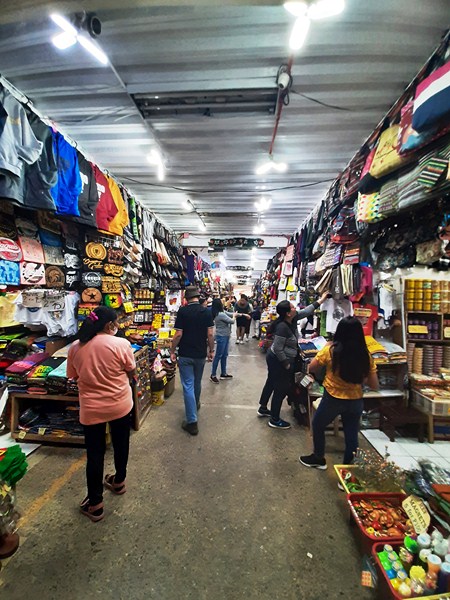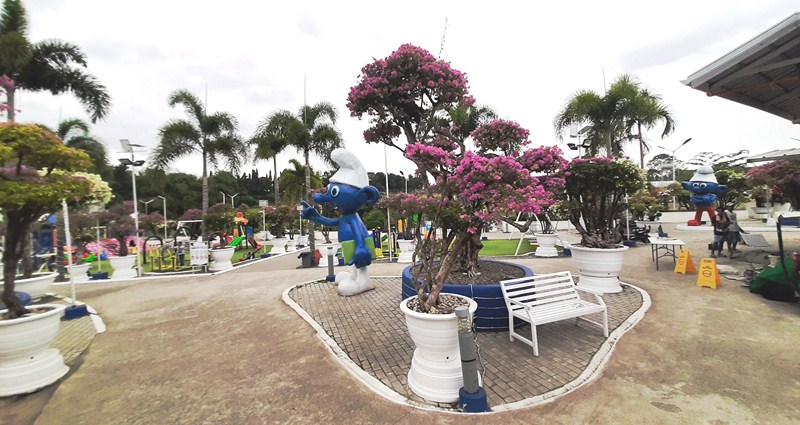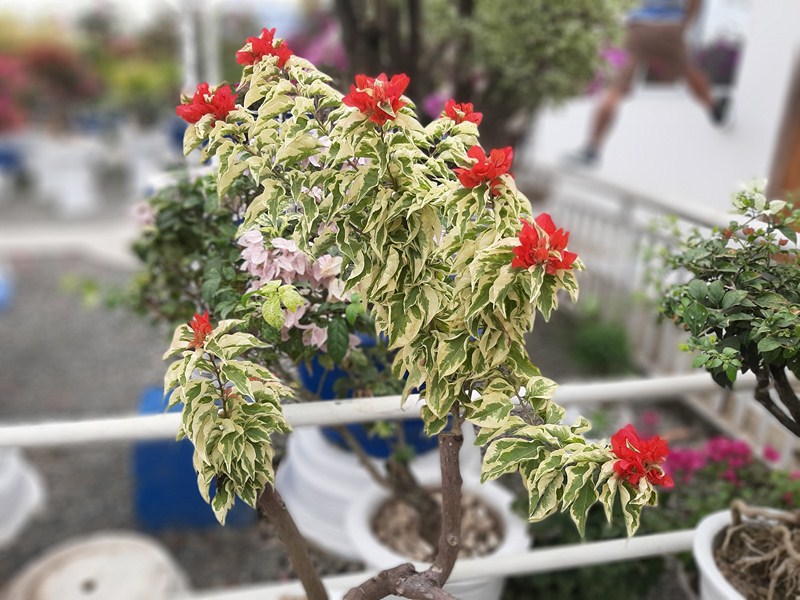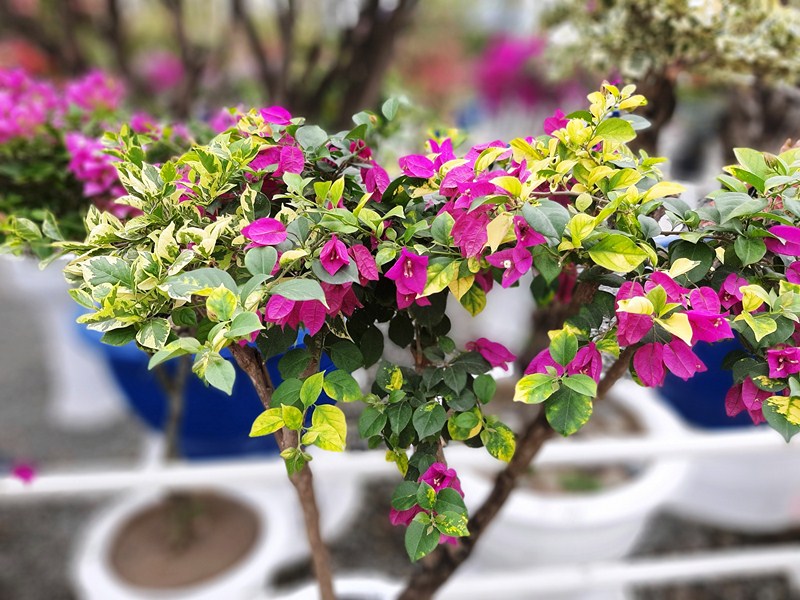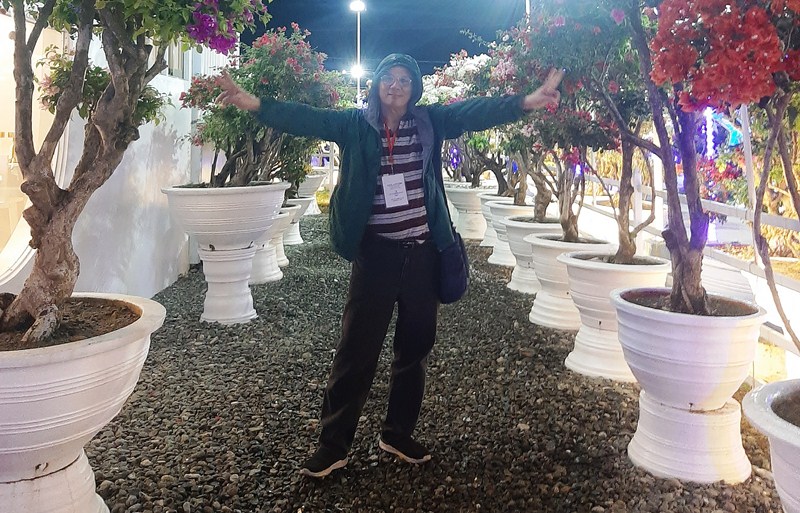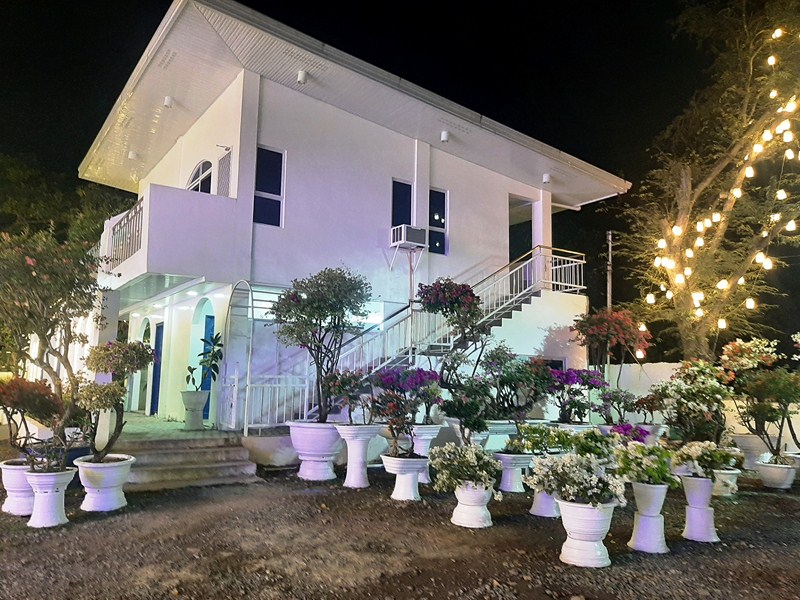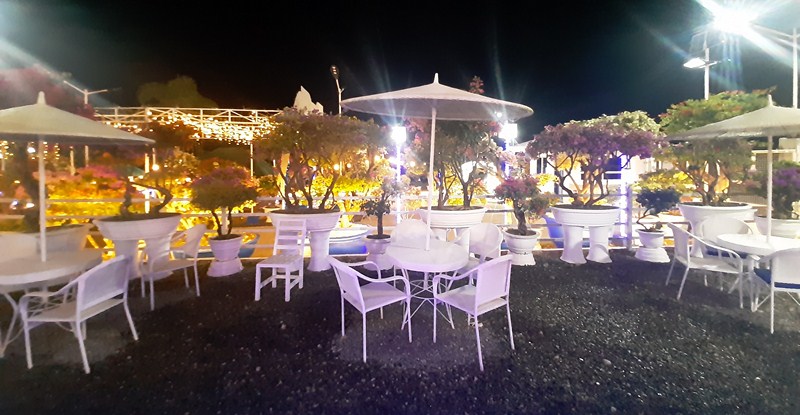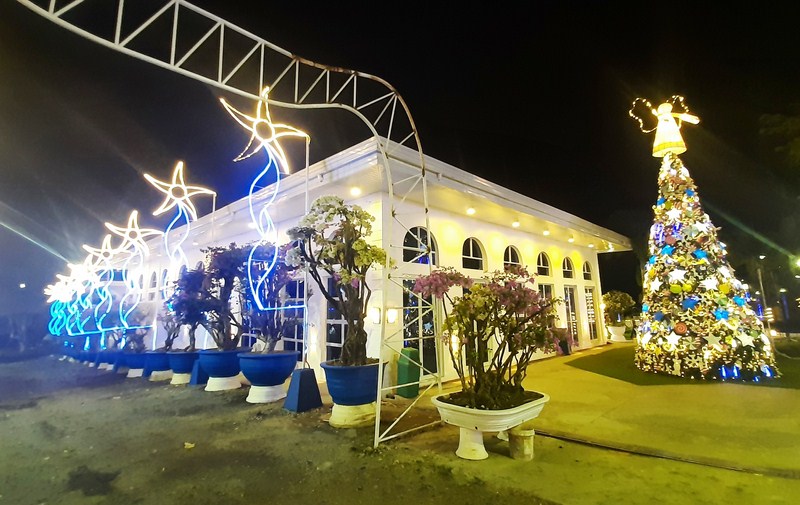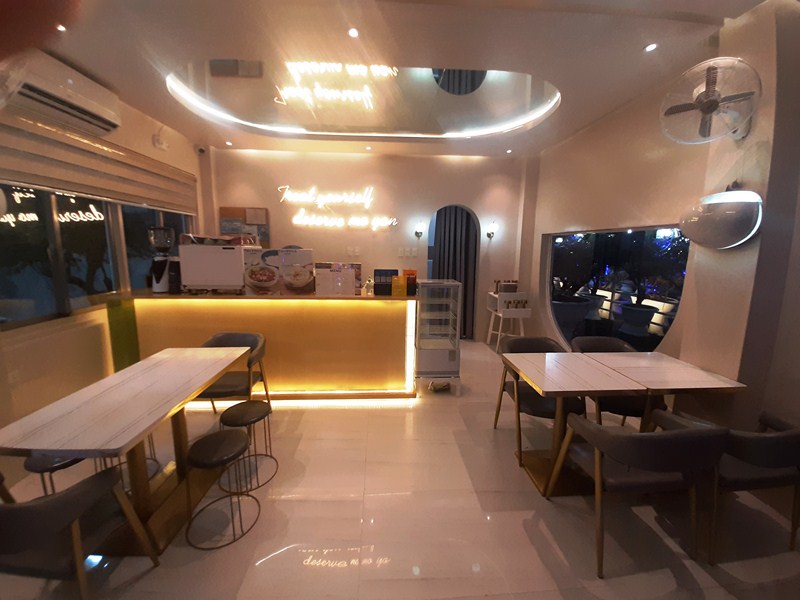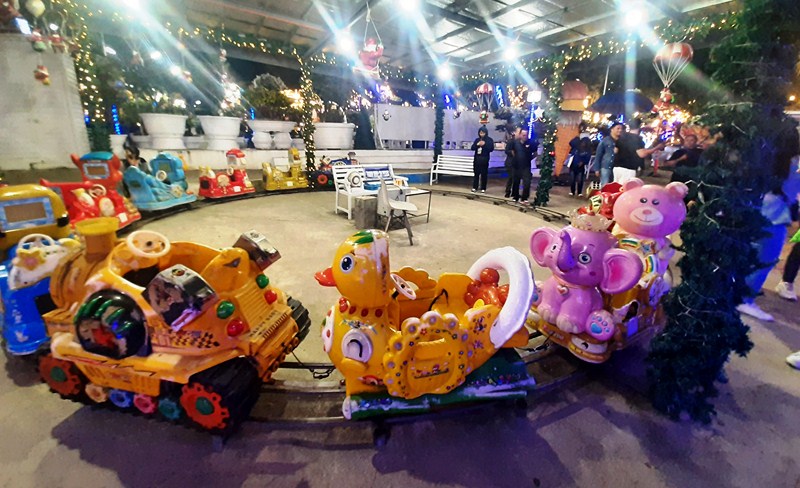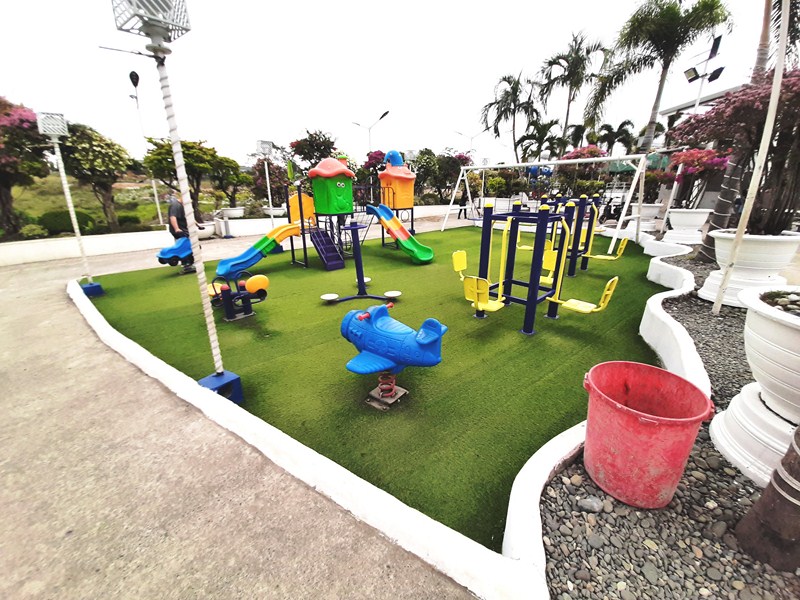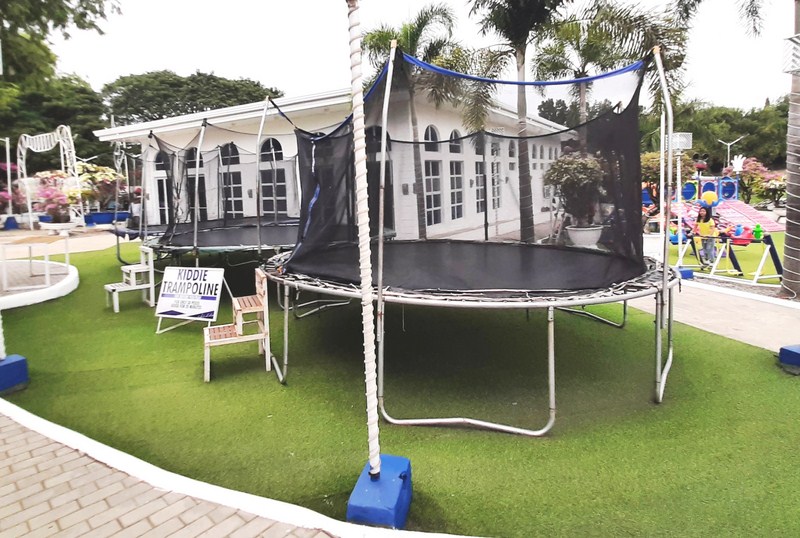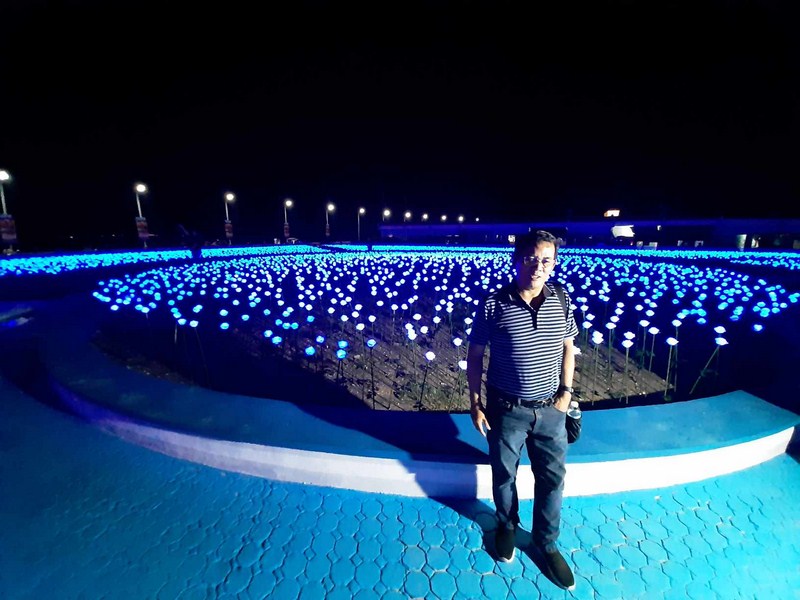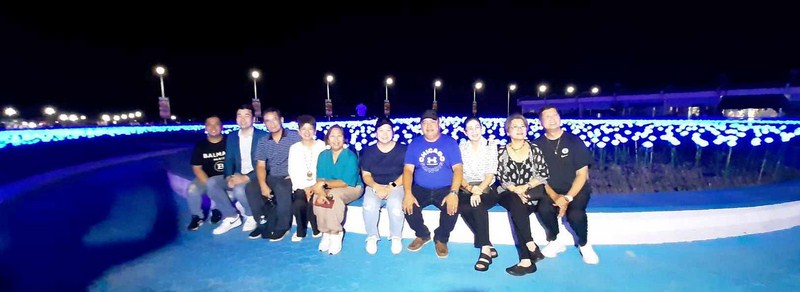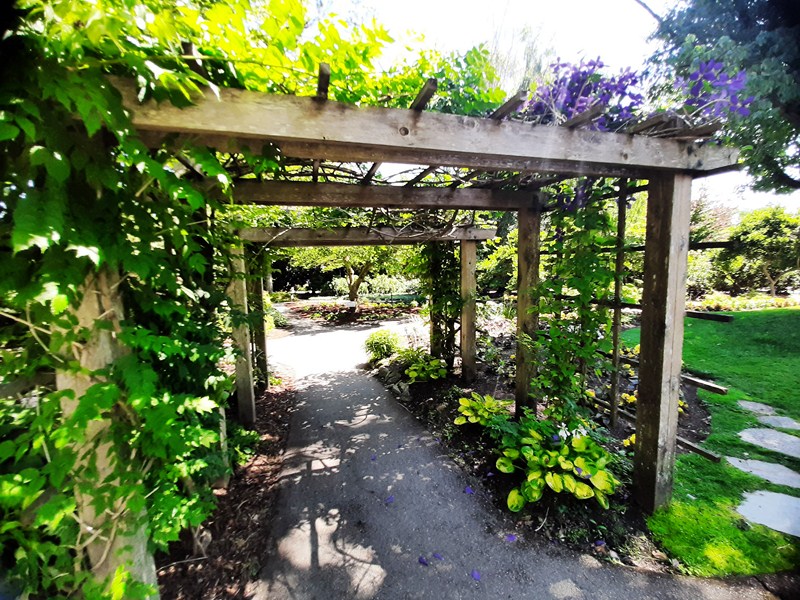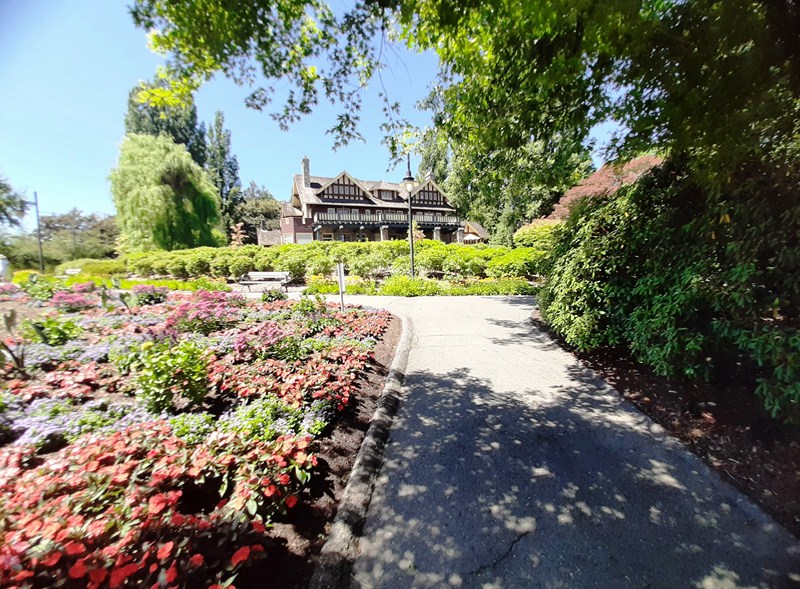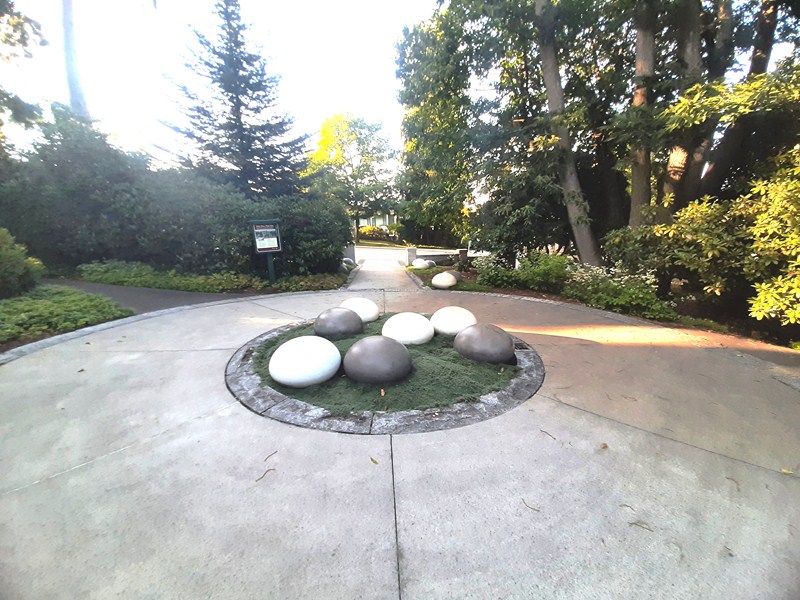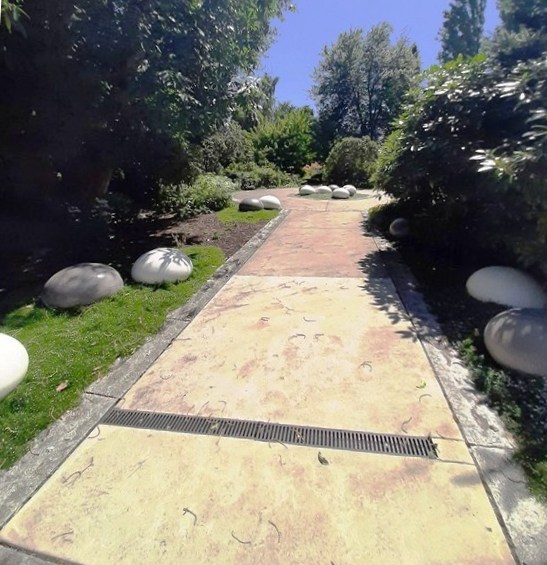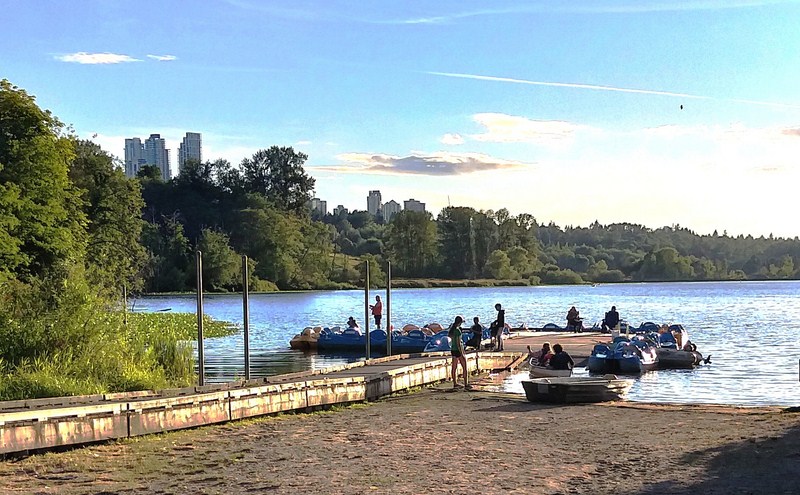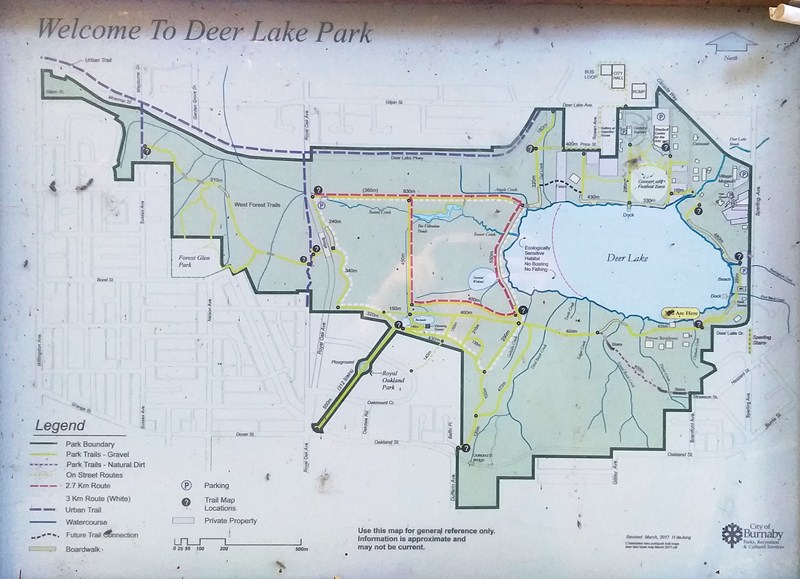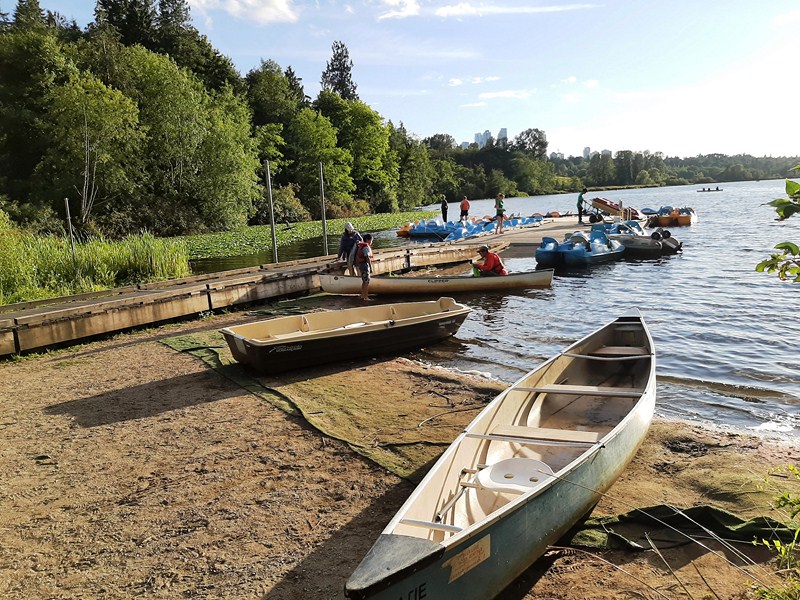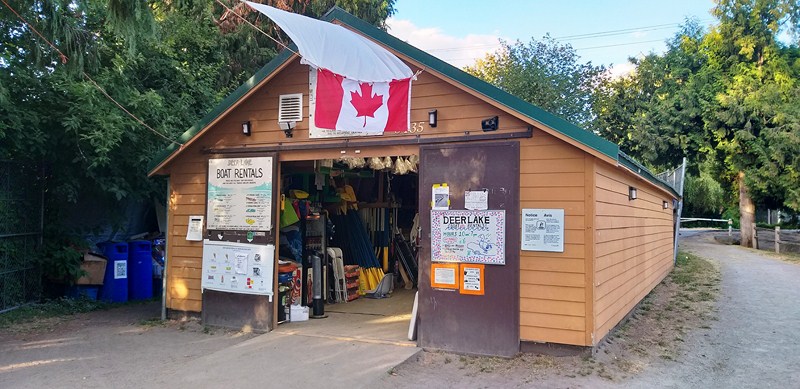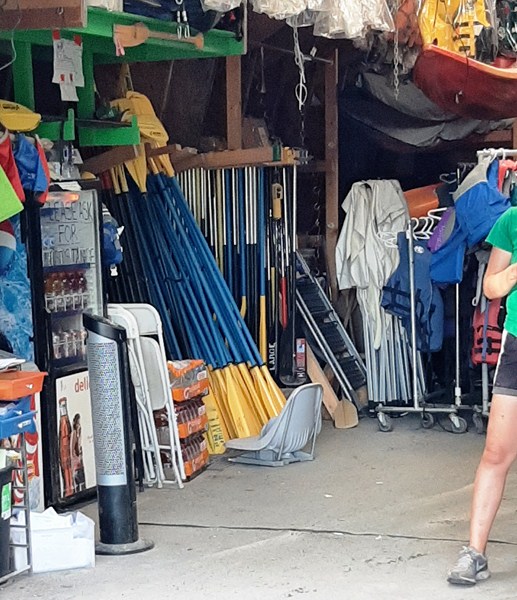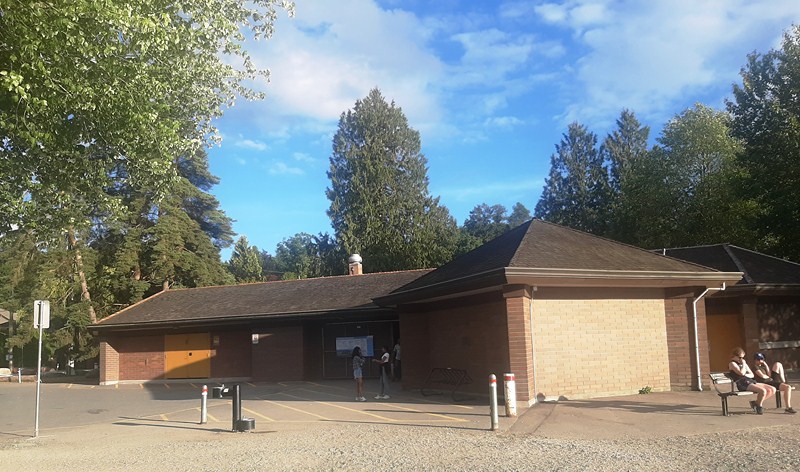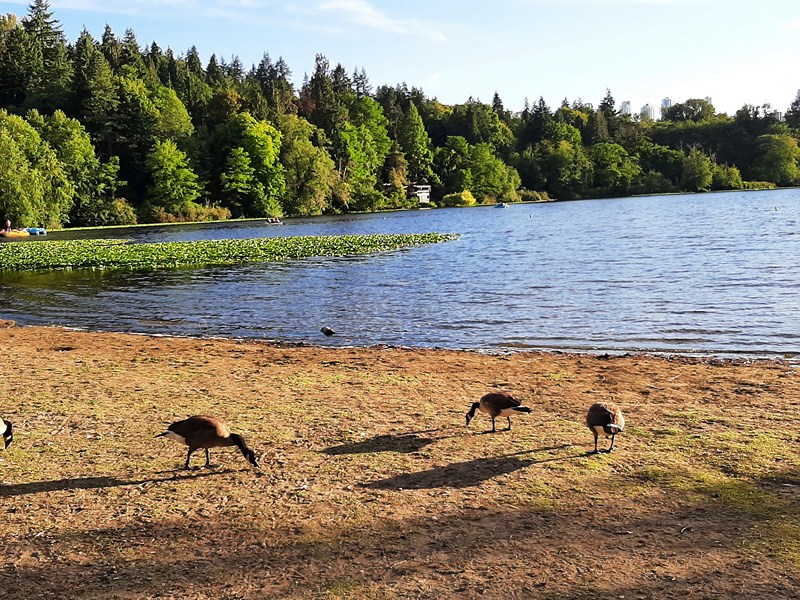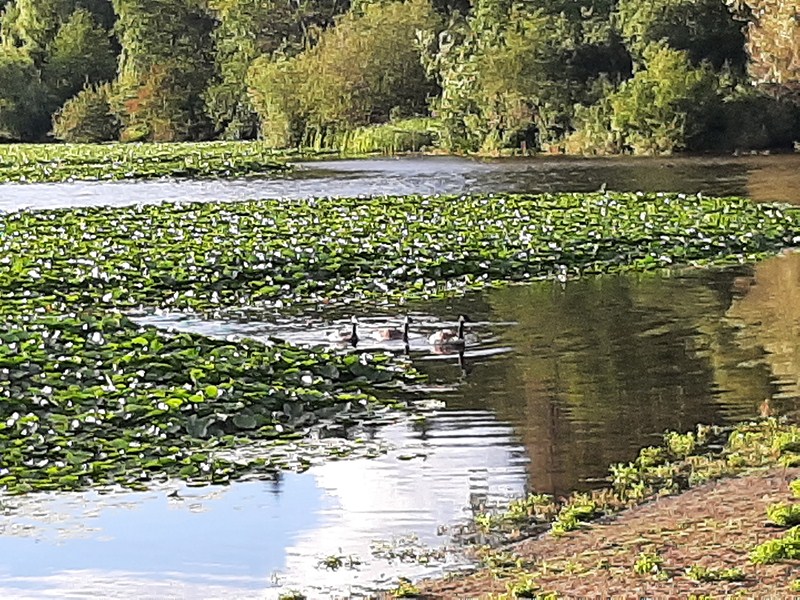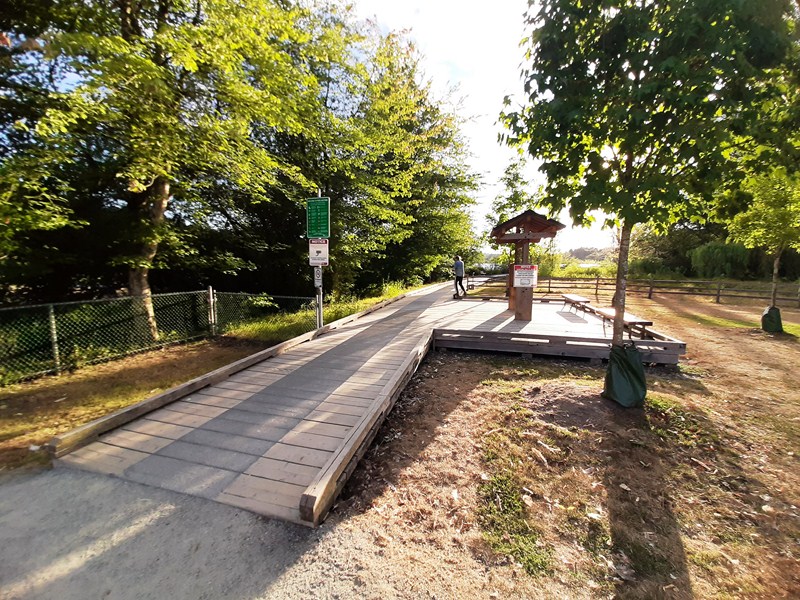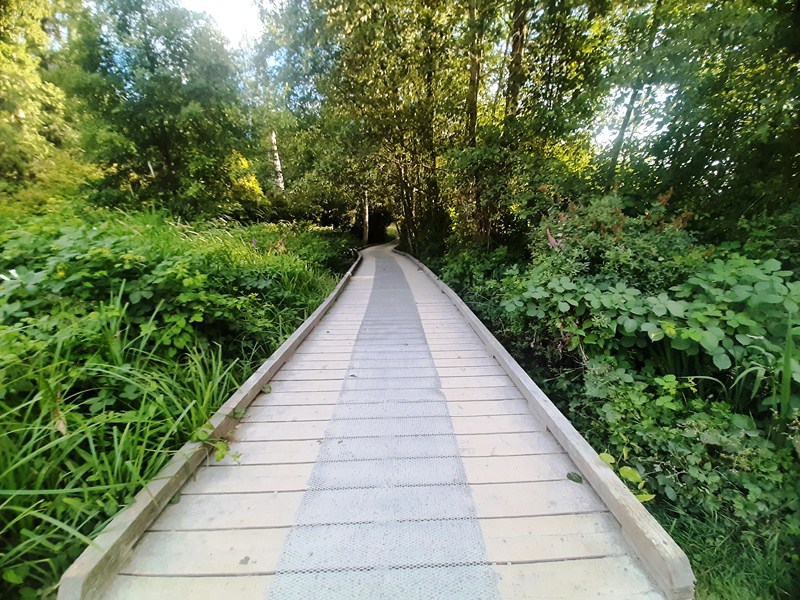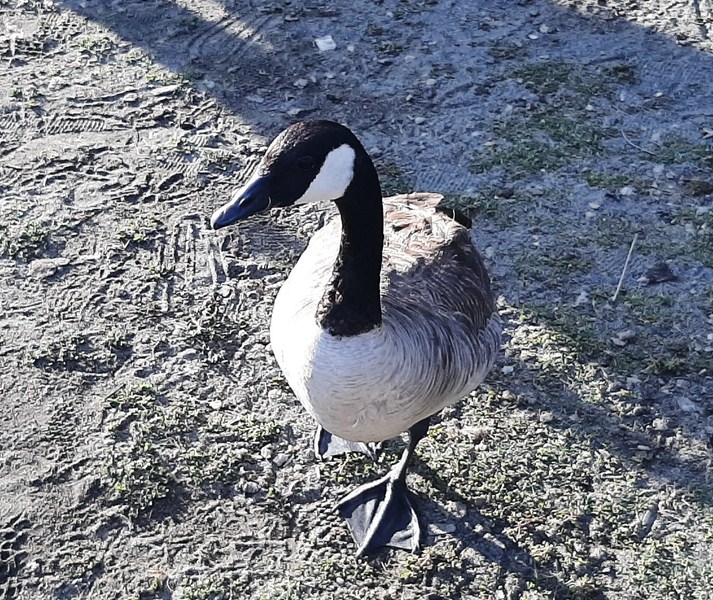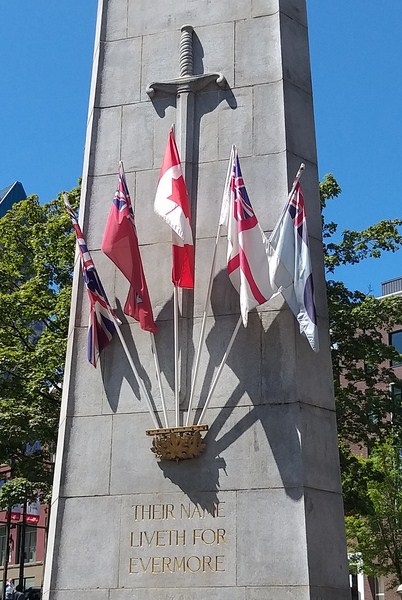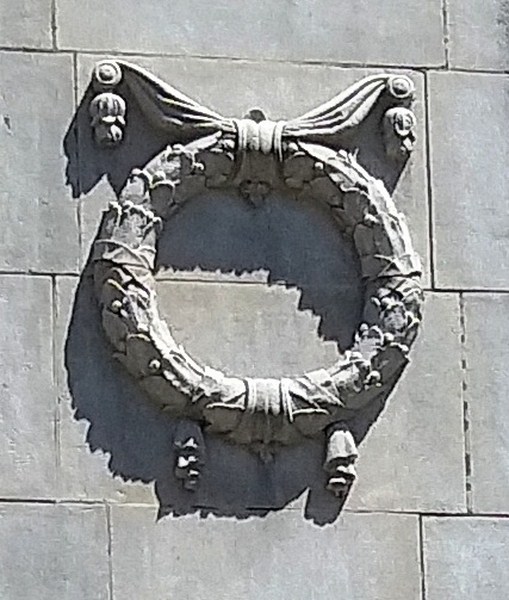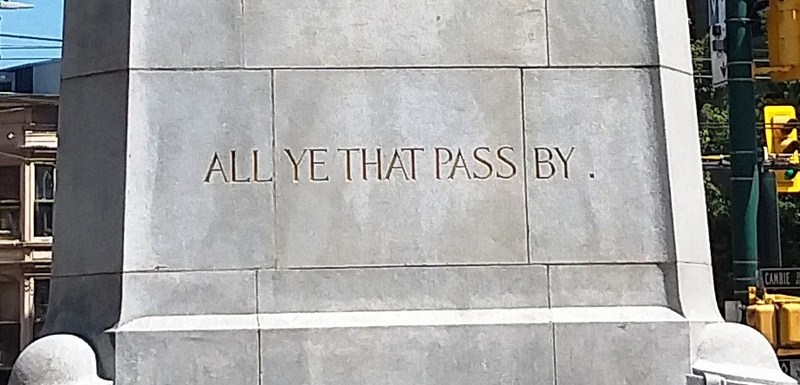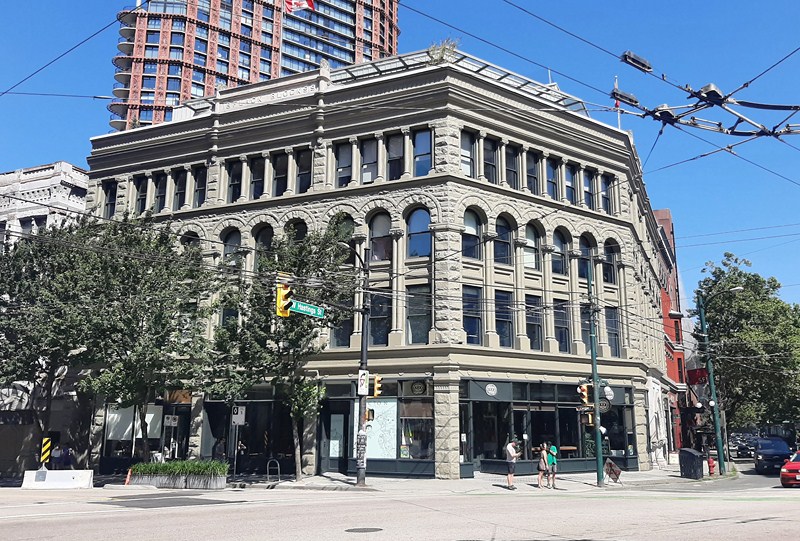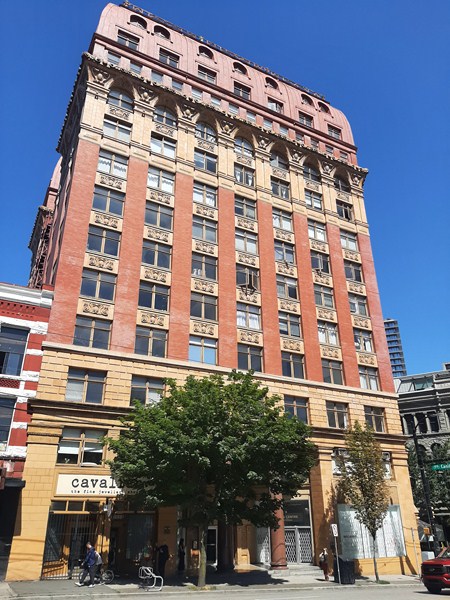On our third day in London, we all woke up early and, after breakfast, walked all the way to King’s Cross Underground Station were we took the Piccadilly Tube Line, to Leicester Square Station. From there, Leicester Square, a pedestrianised square in the West End of London, is just a 5-min.walk away.
The square lies within an area bound, to the north, by Lisle Street; to the east by Charing Cross Road; to the south by Orange Street; and to the west by Whitcomb Street. The park at the centre of the square is bound, to the north, by Cranbourn Street; to the east by Leicester Street; to the south by Irving Street and; to the west, by a section of road designated simply as Leicester Square.
At the center of the square is a statue of William Shakespeare standing on a pedestal flanked by dolphins at the center of a fountain. Sculpted by Giovanni Fontana (after an original by Peter Scheemakers), since 1874, it formed the centerpiece of Leicester Square Gardens.
Laid out in 1670 as Leicester Fields, the square was named after the Leicester House (itself named after Robert Sidney, 2nd Earl of Leicester). Originally a gentrified residential area for nobles (tenants including Frederick, Prince of Wales and the artists William Hogarth and Joshua Reynolds), the square became more down-market in the late 18th century as Leicester House was demolished and retail developments took place, quickly evolving into a hub for entertainment and culture.
Surrounding the iconic and vibrant square are renowned West End theaters (Wyndham’s Theatre, Leicester Square Theatre, Prince of Wales Theatre, etc.), cinemas, fashion boutiques, music stores, souvenir shops, bars, hotels and restaurants including a Jollibee store which was opened last May 20, 2021.
Upon arrival at the square, we checked out the interactive “Scenes in the Square,” a film-themed sculpture trail which emphasizes Leicester Square’s long association with cinema. Since 1930, the site has been home to cinemas, hosting its first film premiere in 1937.
The free exhibition, depicting recognizable classic and contemporary film characters (some even brought to life, at night, with lighting) from the last 100 years of cinema, was organized by the Heart of London Business Alliance, in partnership with Westminster City Council, and is supported by major movie studios. It originally consisted of 8 quirky bronze sculptures.
On ground level are the statues of Mary Poppins, with her hat, coat, and her bottomless Mary Poppins Bag (depicted landing from flight with her umbrella raised, as featured in the 1964 film Mary Poppins);Looney Tunes’ Bugs Bunny (depicted popping up out of a hole in a flower bed, in front of his mailbox, while eating a carrot); Gene Kelly (depicted, in his role as Don Lockwood, in the 1952 film Singin’ in the Rain), swinging around a lamppost with his raincoat, hat and umbrella smiling for all to see, in an iconic scene where the character sings the title song in the film (Patricia Ward Kelly, Kelly’s wife, granted permission to make the statue).
Seated on a benches in the square are the iconic British and well-loved Paddington Bear (Paddington movies premiered in Leicester Square in 2014 and 2017) wearing his signature hat and duffel coat (but has no boots) and eating one of his favorite marmalade sandwiches) and Mr. Bean, who was portrayed by versatile comic performer Rowan Atkinson on television and in film (its erection also marked 30 years since the character’s first appearance).
A number of statue are found above street level. The statue of DC Comics superhero Batman stands 25 m. (82 ft.) above on the roof of the Odeon Leicester Square cinema, keeping watch over London from the rooftops just like he did in the Batman films.
Wonder Woman (inspired by a scene from the 2017 film Wonder Woman, in which the title character was played by Gal Gadot), another DC Comics superhero, is depicted breaking through the wall of the Vue West End cinema, wielding her Lasso of Truth (which is lit at night).
The legendary comedy duo Laurel and Hardy, perched on top of the TKTS Booth (the best place in London to get cheap theatre tickets) in the square, representing a famous scene from the 1929 film Liberty where the pair playfully teeter and balance on a ledge on a skyscraper.
On September 30, 2020, a statue of Harry Potter riding a broomstick (Nimbus 2000) and playing Quidditch (the scene was taken from Harry Potter and the Philosopher’s Stone which had its world premiere in Leicester Square in 2001) was installed, becoming the ninth statue in the exhibition. In June 2021, a sculpture of the Iron Throne, from the HBO TV series Game of Thrones, was unveiled to mark 10 years since the release of the first episode.
In July 2021, to mark the July 16 release of Space Jam: A New Legacy in which the character is part of a basketball team, the statue of Bugs Bunny was modified with a basketball and backboard (features a QR code to unlock online content on social media).
In December 2021, ahead of the release of the film of the same name, a bronze statue of Clifford the Big Red Dog was installed, featuring links to pages where visitors can donate to Battersea Dogs & Cats Home. The largest sculpture in the series, measuring 3 m. (9.8 ft.) long and 2 m. (6 ft., 7 in.) high and weighing 600 kgs. (1,300 lbs.), it took a team of 15 people three months to create the sculpture.
On May 31, 2023, a life-sized bronze statue of Indiana Jones, the iconic action movie hero portrayed by Harrison Ford, was added to the collection of famous celebrities immortalized in Leicester Square. The statue, created to coincide with the release of Indiana Jones and the Dial of Destiny, the latest and final installment of the Indiana Jones film series, was placed in the square in a crate with his fedora and whip. Found near Greggs’s Bakery, it was officially unveiled on June 2023, closer to the movie’s release on June 28.
There’s also a statue of Charlie Chaplin, sculpted in 1979 by John Doubleday, portraying the actor, comedian and filmmaker in his best-known role, as The Tramp. The four corner gates of the park have one bust each of the scientist Sir Isaac Newton (designed by William Calder Marshall); Sir Joshua Reynolds, the first President of the Royal Academy (by Henry Weekes); John Hunter, a pioneer of surgery (by Thomas Woolner); and William Hogarth, the painter (by Joseph Durham); all famous former residents in the square.
Leicester Square: City of Westminster, Central London WC2H 7LU.
How to Get There: The nearest London Underground station is Leicester Square, which opened in 1906. London bus routes 24, 29 and 176 run on nearby Charing Cross Road.


